Latest News
Exclusive Q&A with Si Crowhurst, VP Vungle Creative Labs

 Reading Time: 5 minutes
Reading Time: 5 minutes
We usually start with a brief introduction. Could you tell us about yourself and your current role in your organization?
S.C.: At Vungle, we strive to transform how people discover and experience mobile apps. Our goal is to be the trusted guide for growth and engagement, helping our clients optimise ad performance by creating and rapidly adapting ads that maintain user experience. As the VP of Vungle Creative Labs, I lead the charge on creating data-optimised content to drive engagement and increase returns for publishers and advertisers, ranging from indie studios to powerhouse brands.
Vungle Creative Labs’ secret to success is the multidisciplinary DNA of the team that combines creatives, technologists and data analysts. We’re constantly advancing our creativity and automation platform for custom creative, using data and machine learning to ensure our clients are on the leading edge of mobile advertising.
The main focus of this interview is Vungle’s joint initiative with the WHO/UN Call Out to Creatives to Help initiative – for creating ads and in-app advertising for public health awareness. How did this project come up? Who made the first moves?
S.C.: At the height of the pandemic, the United Nations/World Health Organization launched its first ever “call out to creatives to help” and we simply felt that it was an opportunity to create some really impactful work and really live up to our values. In short, we wanted to do our bit.
The focus of the brief was for designers to create visual content explaining what steps people can take to slow the COVID-19 pandemic and tackle harmful misinformation campaigns. In a modern-day ‘Rosie the Riveter’ effort, we pooled our design talent, data analytics and gaming expertise and set to work creating a series of playable ads (i.e. interactive ads). Drilling into the principles of gamification, we created ads to drive user engagement around the key WHO messages of maintaining physical distancing and personal hygiene.
Tell us a bit more about the whole thing. Basically, you send health awareness messages just like in-app advertisements. Tell us more about the processes involved?
S.C.: The campaign strategy we developed and sent into the WHO/UN focused on delivering playable or interactive ads that carried a public health message instead of a consumer brand performance ad. The design process was also similar. We know from our wider work that gamification works in in-app advertising because it triggers powerful human emotions – think: the need for achievement, competition and status; the desire for reward etc. – so we applied the same thinking to this context. In one design, people interacting with the ads had to interact with the screen, swiping back and forth for the duration of time it takes to wash your hands before they could continue in their given app.
What is exactly Vungle’s role in it? Do you use your data, testing and research insights to create, place and run the health awareness in-app ads, just like you do in the case of usual commercial ads?
S.C.: After reviewing the UN/WHO’s main goals and objectives, we selected the playable ad format as the most effective creative medium. Playable ads are dynamic, non-verbal ads that can transcend language and cultural barriers that could otherwise mean that certain messages don’t carry or fall flat. Visual language is a powerful way to drive home messages and encourage positive behaviour. We knew as the weeks of lockdown passed, there had been a significant uplift in mobile app downloads, so this format was really useful given the context.
The team developed several creative options, choosing to capture the key messages of physical distancing and personal hygiene; some of the most salient health messages that many governments have advocated as fundamentally necessary to the emergency response. We then applied creative testing to learn, scale and adapt the ads at rapid speed to enhance user experience while still achieving engagement goals.
How are the users reacting to these health messages through in-app ads. Are their responses in similar lines as towards the commercial ads?
S.C.: We’re delighted to say that the ads have attracted over 36,771,804 million viewers so far, reaching both Apple and Android users in over a dozen countries. Excitingly, the work now also sits in a WHO library of artwork that will be used to educate individuals and communities all across the world as we pass through this global crisis and, hopefully, learn from it for next time. You see the library here: UN COVID-19 Creative Content Hub. In terms of the comparison to commercial ads, the click through rate has been impressive – 55 percent higher than the average click rate for advertising campaigns in apps –, but given the variables involved in the ad content and aims, you can’t really compare apples with oranges!
You recently wrote about monetization strategies for in-app adds during COVID-19 outbreak. How are things going in the in-app monetization front over the last two months? Are the ad engagement and the revenues from in-app monetization going up or down? Would love to hear some stats and observations on this topic.
S.C.: As with every major crisis, the public turns to news and online platforms for information. With school closures and mandatory work-from-home policies, many of us in the industry expected some uptick in the number of mobile games being downloaded, and the initial upsurge post-lockdown was pretty massive. While entertainment advertisers are seeking to leverage this increase in demand and garner extra conversions as a result, it still feels too early to speculate on how things are going in monetisation and how resilient companies will be as we navigate these unchartered waters.
That said, as time goes on, we’re likely to see more and more people turning to apps that run on freemium models. This is what happened in China during the lockdown there. With users flocking to apps, it’s a good time for mobile marketers to strategically optimise their in-app spend, but we recommend engaging with partners who can really help them navigate this uncertain terrain.
We focus on the gaming and gambling sector. The real world of sports has come to a standstill, with all the major sporting events getting cancelled. How did that affect the mobile advertising sector? Is there being a case of another door opening when one door is shut?
S.C.: While in-app advertising for sporting and gambling apps has taken a hit, users have transferred their attention to other apps that help tackle boredom, find some fun or, in many cases, manage their anxieties – for example, anecdotally we know that people have been trying to “upskill” with language apps like Memrise or Duolingo. So, the users are still there, but their allegiance to which apps has simply changed. When sporting events start up again (and as we’ve seen with Premier League football recently restarting), we can expect the sector to see a change in their fortunes.
We shall conclude with a look into the future. What are the major changes, if any, that we could see in mobile advertising? Our readers appreciate your insights on this.
S.C.: AI continues to shape the future of mobile advertising, with the continued proliferation of machine learning algorithmic and automated bidding products from the likes of Facebook and Google having a strong influence. These technologies are taking control away from advertisers with respect to which target levers to pull in their campaigns and instead decisions are being made based on data. This data includes aggregated intelligence from different industries and markets, as well as billions of consumer data points like key words and searches, device types, and geographic locations – all of which will inform what works best in terms of ad spend and budget allocation.
“Seed” audience data – consisting of users who have already shown their interest by taking actions like clicking an ad or purchasing a product – and creative remain the two most impactful levers for a marketer to influence performance and scale. This has led to considerable investment in creative studios and technology that support the ability to produce massive amounts of creative variants, which can be piped into campaigns for testing. Creative that is adaptive and responsive to user preferences will continue to grow.
Finally. short-form, video-sharing apps are a huge trend, and have enormous potential to reshape mobile advertising. Because this type of content feels more native – its users self-describe as creators rather than “influencers,” developing ways to draft behind it is exciting new territory we need to explore.
Source: Latest News on European Gaming Media Network
This is a Syndicated News piece. Photo credits or photo sources can be found on the source article: Exclusive Q&A with Si Crowhurst, VP Vungle Creative Labs

Latest News
From ‘Mummyverse’ to Crash Games: Belatra Reviews a Landmark 2025
Editor’s Take
Why this matters: Belatra has been a steady hand in the slots world for a long time, but 2025 marked a distinct shift in strategy. By entering the Crash vertical with Goose Boom Bang and winning big at SiGMA Africa, the studio is clearly pivoting to capture the high-growth, high-frequency players in emerging markets. They are no longer just a “classic slots” developer; they are diversifying the portfolio to ensure relevance in regions like LatAm and Africa.
The Full Story
Belatra Games, the specialist online slots developer, has issued a strategic review of its 2025 operations, celebrating a 12-month period defined by entry into new game verticals, significant franchise expansion, and high-profile industry recognition.
The year was characterized by a dual strategy: deepening engagement in established markets while aggressively expanding its content portfolio to suit local preferences in emerging territories.
Portfolio Evolution: Crash and Battles 2025 saw Belatra move beyond its traditional slot roots. The company made its debut in the high-demand Crash game vertical with the launch of Goose Boom Bang, a title designed to tap into the fast-paced gameplay preference of younger demographics.
Additionally, the studio introduced a fresh game concept with the launch of Battles, a new format unveiled for the first time in 2025, with further development planned for 2026.
The ‘Mummyverse’ Expands For fans of classic slots, the highlight of the year was the aggressive expansion of the Mummyverse. Belatra nearly doubled the size of this franchise over the year, making it the most extensive game universe in their entire catalog.
The developer also focused on B2B localization, releasing a number of exclusive bespoke games created specifically for selected operator partners to meet specific local market tastes.
Awards and Recognition The company’s strategic shifts were validated by industry accolades. Belatra secured over 30 nominations throughout the year, with standout wins including:
-
Best Slot Provider (awarded by BitStarz).
-
Most Played Game of 2025 for Make It Gold at the SiGMA Africa Awards.
-
Player’s Pick Award.
Management Commentary Misha Voinich, Head of Business Development at Belatra, commented on the studio’s momentum:
“This year has truly defined who we are as a studio – ambitious, creative and focused on building long-term partnerships. We’ve expanded our universes, launched new ones and entered exciting new markets that will all help us carry this momentum into the New Year.”
The post From ‘Mummyverse’ to Crash Games: Belatra Reviews a Landmark 2025 appeared first on Gaming and Gambling Industry Newsroom.
Latest News
‘Chaos and Soul’: Ebaka Games Plots Global Expansion After Viral Launch
Editor’s Take
Why this matters: The “Instant Game” vertical (Crash, Plinko, Mines) is becoming crowded, but Ebaka Games is cutting through the noise with a distinct brand personality. By securing BMM Testlabs certification so quickly after launch, they are signaling to Tier 1 operators that despite their “chaotic” marketing vibe, the math underneath is solid and compliant. The backing of industry veteran Dmitry Belianin also adds immediate commercial credibility to the startup.
The Full Story
Ebaka Games, the fledgling studio that promises to bring “chaos and soul” to the iGaming sector, has outlined an aggressive growth strategy for 2026 following a landmark launch period in late 2025.
The studio, which officially debuted in November, reports that its initial rollout reached more than five million people worldwide. The launch saw its portfolio go live with the operator Menace, serving as the initial testbed for its mechanics and “Ebaka modes.”
The Product: Instant Games with Personality Ebaka is bypassing traditional slots to focus on the high-growth vertical of fast-paced, instant-win games. Their initial lineup includes:
-
Plinko
-
Mines
-
Tower
-
Limbo
-
Crash
Differentiation is achieved through unique mascots and signature gameplay tweaks designed to offer high win potential and distinct visual identities, moving away from the generic interfaces often found in this genre.
Regulatory Milestone Crucially for its 2026 roadmap, Ebaka Games has confirmed it has secured certification from BMM Testlabs. This accreditation validates the fairness and integrity of its RNG (Random Number Generator) and game engines, removing a major barrier to entry for regulated markets. With this certification in hand, the studio plans to launch with a number of “major brands” in the coming year.
Management Commentary Vitalii Zalievskyi, CEO of Ebaka Games, commented on the studio’s unorthodox approach:
“It’s only been a few weeks since we first introduced Ebaka Games to the world. The feedback has been breathtaking, and it vindicates the decision for us to take a different path to the rest of the industry. You don’t need huge marketing budgets to grab people’s attention if you are building something truly innovative.”
Industry Backing The studio describes itself as being “created by players for players” but boasts significant industry firepower in its corner. The team includes Dmitry Belianin, a well-known figure in the sector who is the co-founder of Blask and Menace, as well as Managing Partner at Already Media.
The post ‘Chaos and Soul’: Ebaka Games Plots Global Expansion After Viral Launch appeared first on Gaming and Gambling Industry Newsroom.
Latest News
Racing Meets Nightlife: SBK Backs ARC’s New ‘Friday Night Live’ Series
Editor’s Take
Why this matters: British racing has a well-documented demographic problem; its core audience is aging. “Friday Night Live” is a direct attempt to fix this by blending high-stakes racing with the “experience economy” (DJs, nightlife vibes) that appeals to Gen Z and Millennials. Bringing SBK on board—a mobile-first, app-only sportsbook—is a perfect demographic fit, while the Racing Post adds the necessary credibility to ensure the actual racing product remains the focus.
The Full Story
Arena Racing Company (ARC) has unveiled the strategic commercial lineup for its upcoming Friday Night Live series, confirming SBK as the Exclusive Betting Partner and The Racing Post as the Official Media Partner.
Set to launch in January 2026, Friday Night Live is a new initiative created in collaboration with youth-focused events company INVADES. The series is designed to overhaul the traditional race day experience, featuring fast-paced fixtures under floodlights, DJ sets, and significant entertainment elements sandwiched between races.
The Commercial Deal
-
SBK: As the exclusive betting partner, the Smarkets-owned sportsbook will take naming rights and on-course branding for all 35 races. Crucially, these races will be broadcast live on mainstream television via ITV Racing as well as Sky Sports Research.
-
The Racing Post: As the Official Media Partner, the publication will provide content, coverage, and promotion across its digital platforms, aiming to bridge the gap between established racing purists and the new audience ARC hopes to attract.
A High-Stakes Experiment The series is not just a marketing exercise; it carries serious sporting weight. Each of the five scheduled nights will feature over £200,000 in prize money. The fixtures will rotate across three of ARC’s all-weather tracks: Wolverhampton, Newcastle, and Southwell.
Management Commentary David Leyden Dunbar, Group Director of Commercial Strategy at ARC, was clear about the target audience:
“We have been very clear that one of the aims of Friday Night Live is to engage the next generation of racing fans… Both [partners] have shown real enthusiasm to work with us… as well as using the platform that these fixtures will offer them to also engage with more established racing and sports fans.”
Adam Baylis, Marketing Director at SBK, added:
“Friday Night Live [is] a fresh and engaging concept that brings a new energy to British racing. SBK has always been built around sport… our focus is on enhancing the live race day experience in a fun, social and responsible way.”
The 2026 Schedule The series kicks off immediately in the new year:
-
9th Jan: Wolverhampton
-
6th Feb: Newcastle
-
20th Feb: Southwell
-
20th March: Wolverhampton
-
27th March: Newcastle
The post Racing Meets Nightlife: SBK Backs ARC’s New ‘Friday Night Live’ Series appeared first on Gaming and Gambling Industry Newsroom.
-

 Latest News2 weeks ago
Latest News2 weeks agoSCCG Announces Strategic Partnership with Yellow Elephant Studios to Expand Multi-Channel Gaming Content Worldwide
-
Latest News3 months ago
Announcement: 25th September 2025
-
Latest News2 months ago
JioBLAST Launches All Stars vs India powered by Campa Energy: A New Era of Creator-Driven Esports Entertainment
-
eSports1 month ago
CS:GO Betting Gains Momentum in the iGaming Sector
-
Latest News3 months ago
The Countdown is On: Less Than 3 Months to Go Until The Games of The Future 2025 Kicks Off in Abu Dhabi
-
Latest News3 months ago
Evolution launches Sneaky Slots — a Bold New Slot Studio
-
Latest News3 weeks ago
THE 2025 PUBG MOBILE GLOBAL CHAMPIONSHIP GROUP STAGE WRAPS UP WITH LAST CHANCE IN SIGHT
-
Latest News3 months ago
Leading The Charge! Euronics Group Joins LEC As Official Electronics Retail Partner


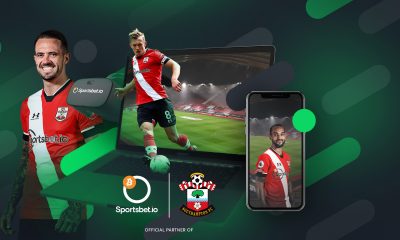

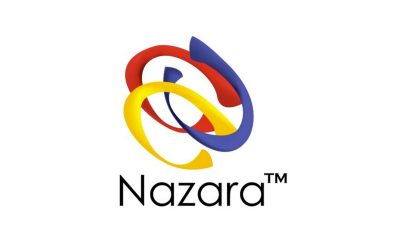







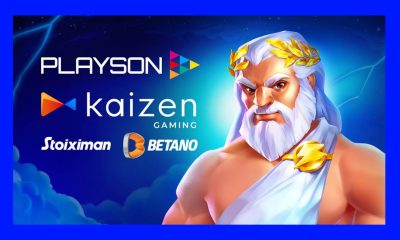


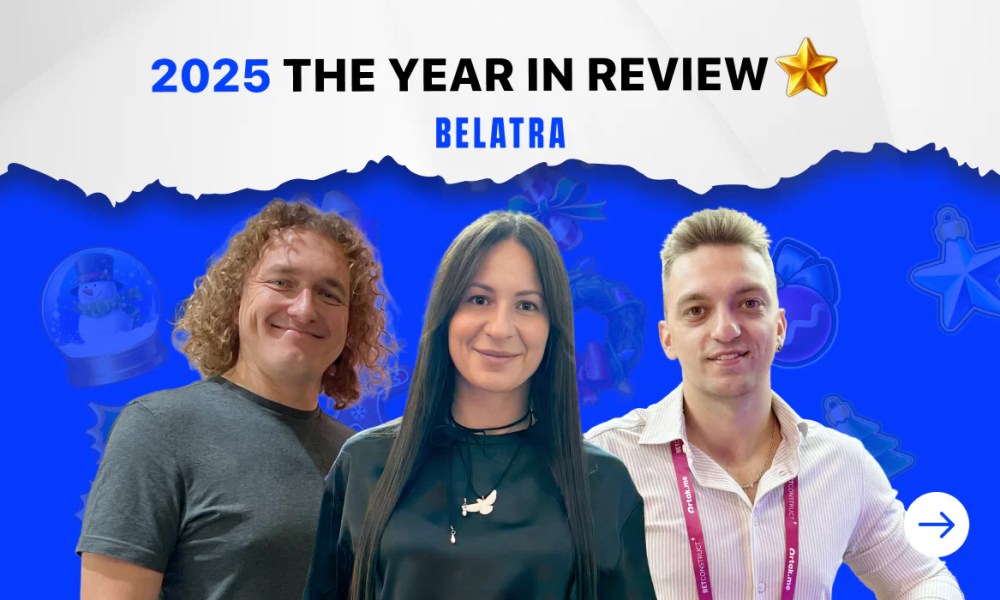
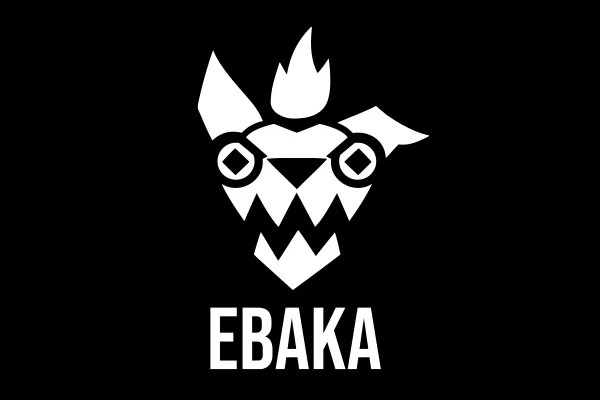


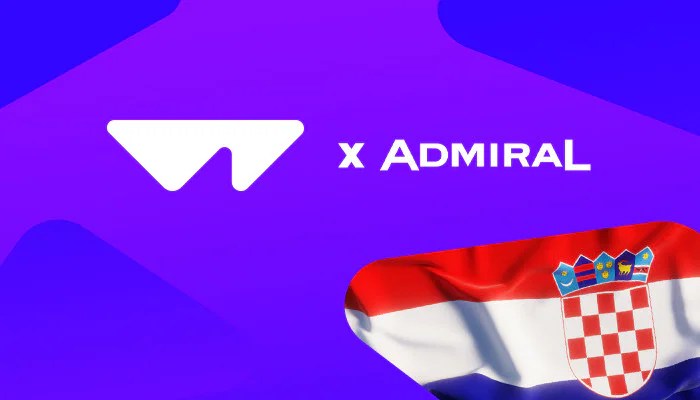


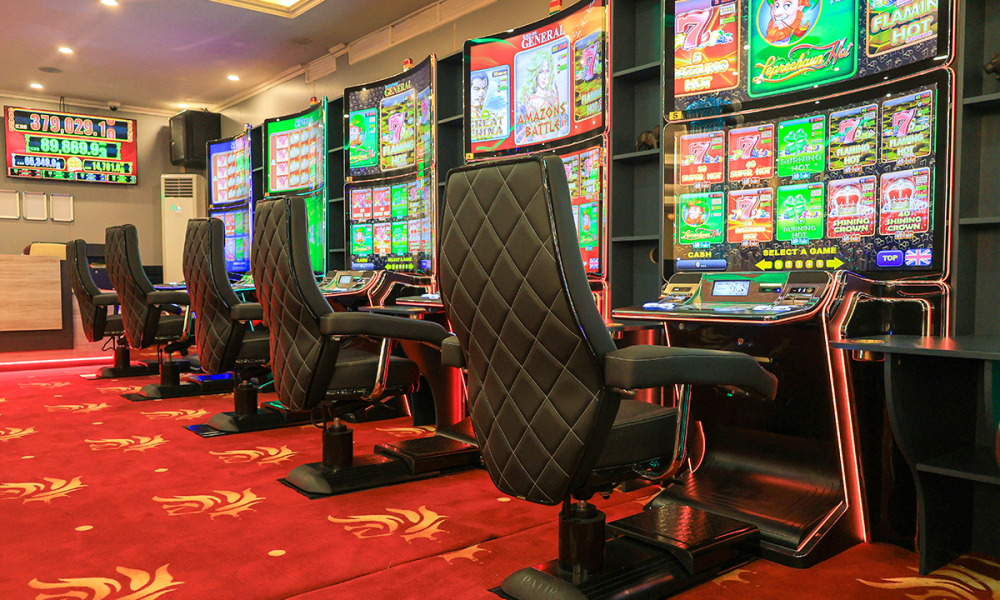

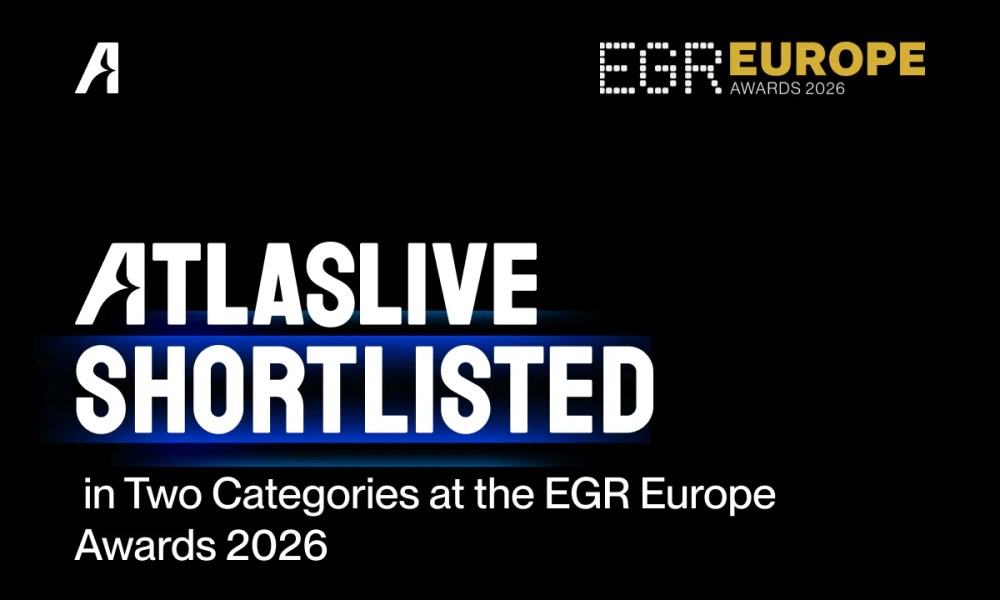
You must be logged in to post a comment Login